COVER STORY
Amazing
amassing
Nathan Lippe’s collection of vintage advertising includes signs and products from across America.
Passion. Obsession. Nostalgia. Curiosity. Education. Sentimentality. Preserving history. Connecting with the past. Investment. Profit. Recognition. Community. Novelty. The thrill of the hunt. There are as many reasons for collecting as there are collectors and collections. We invitedConnection readers to share their stories.
Stories and editing by T. Foster Jones
Prima Te-Lim’s love of coffee and tea led to her mug collection.
“ To collect is to learn
through the items
we collect. They all
have a story to tell. ”
— FARON SCHULTZ
Costco member
The number of responses the Connection received was staggering. Here’s a look at a few of the submissions.
Signs of the times
“I collect vintage advertising representing businesses across America.
“I bought my first—a Double Cola sign—for $10 in 1994. The collection expanded to neon signs, oil cans, road maps, ice cream containers, original advertising illustration art and more.
“Every item has a story—what it was used for, the business it was used at or the memories that are represented.
“What keeps me going is you just never know what you’re going to find next. Just when you think you have it all, a new piece will show up.
“I sell extra stuff [collectible items] at shows across the country, toting my aluminum folding table (Costco!), in flip-top bins (Costco!) and go through tons of Scotch packing tape (Costco!). I drive thousands of miles each year, fueled by Costco gas and snacks from Costco!”
—Nathan Lippe, Hanover Park, Illinois
Joel and Susan Bearce’s Pez collection.
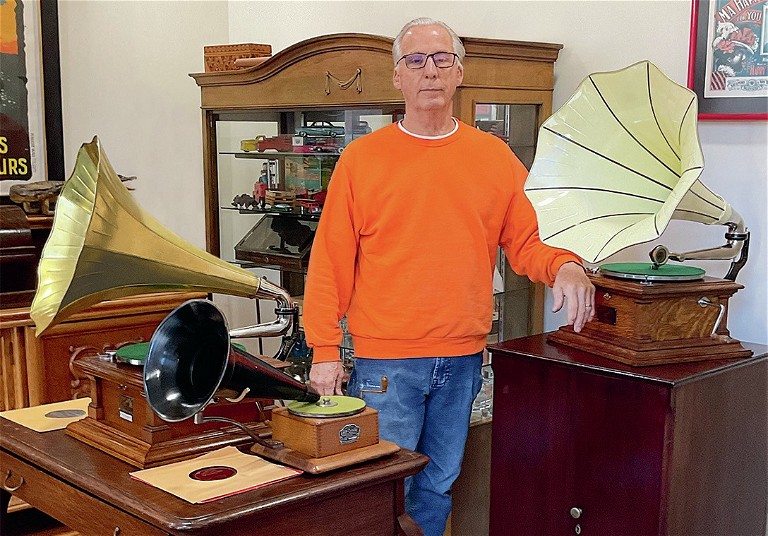
Brett Hurt restores antique phonographs.
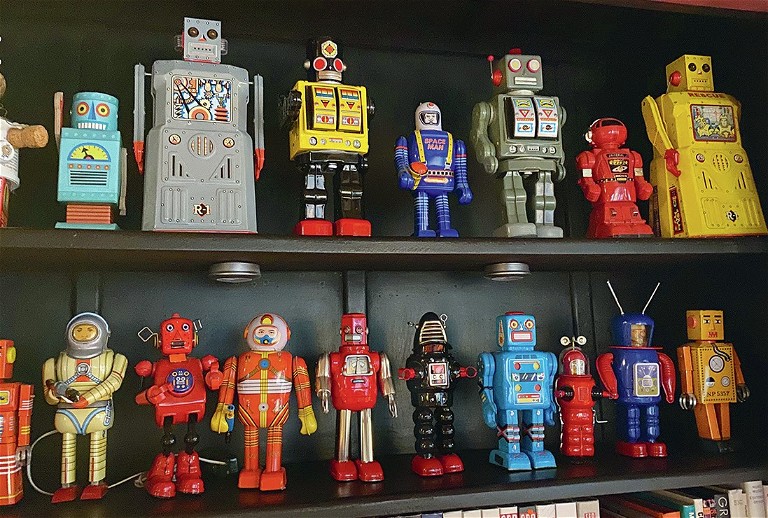
Masha Rosenthal and Scott Kambic collect “whatever makes us happy,” which includes robots.
Pez be with you
While on vacation in the summer of 1996, Joel and Susan Bearce saw a Pez clown display rack in a grocery store and convinced the store owner to sell it. The Bearces have since focused on filling the display with hundreds of Pez dispensers for their two sons. “Our goal was to fill the spinner rack with new Pez as the company released new designs,” says Joel. They accomplished that, and more.

Teresa Kidder began collecting perfume bottles because they were “small and wouldn’t take up much room” —she now has more than 500 of them.
Padlocks are just one of Emily and Larry Koltnow’s dozens of collections.
Phonograph home
“My husband, Brett, has been an antique phonograph collector for over 40 years. Our home is filled with breathtaking examples of phonographs dating back to 1898, some of the earliest Thomas Edison ever produced.
“We got started collecting in 1982 when we bought our first phonograph and it didn’t run. Brett took it completely apart and got it to run perfectly. We started going to swap meets looking for another phonograph. And another. Over the years, we have tracked down and purchased the rarest phonographs that we can find.
“Phonograph collectors from around the world began contacting Brett, and he started a free YouTube channel to teach the next generation how to purchase, restore and play these beautiful machines. We have also had guests from all over the world come just to see the collection.”
—Cheryl Hurt Simpsonville, South Carolina
Slow and steady
Elaine M. Rakchaev of Etobicoke, Ontario, collects snails. “Not the slimy ones found in ponds or forest floors, but snail ‘stuff,’ ” she clarifies. Beginning in 1994 with a white porcelain snail planter, Rakchaev now counts 200- plus snails throughout her home, including a toothbrush holder, earrings, a lamp, clocks, a snow globe, a wind chime, wind-up toys and a boot scraper.
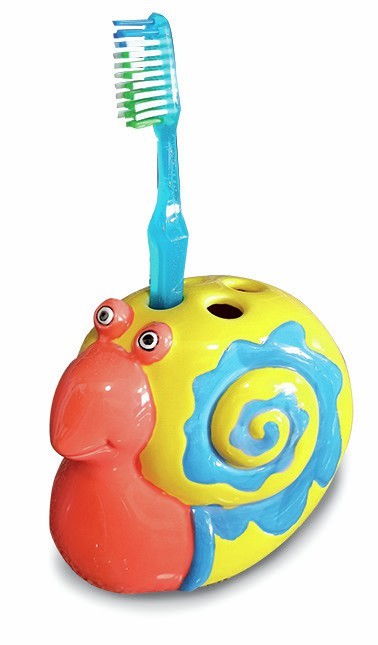
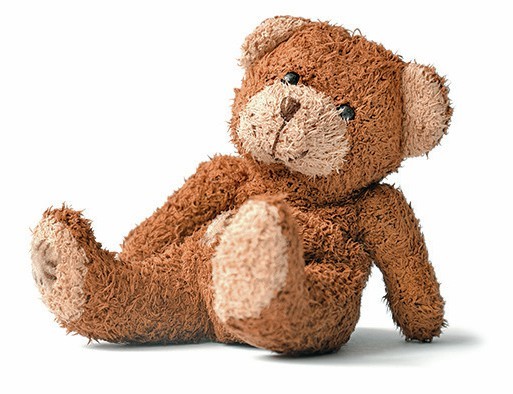
NAME THAT
COLLECTOR
If you collect it, there’s a name for it.
Here are a few unusual ones.
Arctophilist: teddy bears
Brandophilist: cigar wrappers
Coleopterist: beetles
Deltiologist: postcards
Dipterist: flies
Falerist: medals, badges, pins
Horologist: clocks
Notaphilist: banknotes
Oologist: bird eggs
Phillumenist: matchboxes, matchbooks
Plangonologist: dolls
Scripophilist: bonds, share certificates
Tegestologist: beer coasters
Vecturist: subway tokens
Vexillologist: flags
—TFJ
Dawn Mudgett and her gas station memorabilia
Fueled by the past
While doing housecleaning during the COVID-19 lockdown, Dawn Mudgett of Pillager, Minnesota, found some pictures from the 1950s, when her grandfather ran gas stations in California and Nebraska, and pictures of her parents as teenagers at their Minnesota station. “Then things just started falling into my lap,” says Mudgett. “A relative had buildings packed with what I thought was cool stuff, and I also helped an elderly friend clean out her house, where I found old advertising, calendars, thermometers that had been given out as promotional items.
“I try to only collect items from the gas stations that connect to our family’s past. It has to fit in with the theme. I even have the bell you would drive over at full-service stations!
“Collecting is the joy of finding an inexpensive, abandoned vintage item that creates that connection for me. It’s so fun finding a new, interesting piece!”
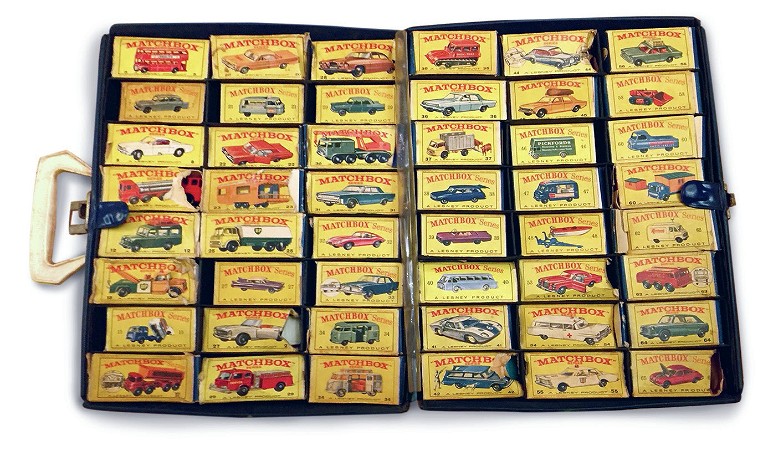
A Matchbox collection elicits memories
Matchbox memories
“After my brother, Steve, passed away, I inherited his Matchbox collection. Seeing this collection brought back so many memories of him running out to buy a new Matchbox every time allowance came around for us kids. He would spend hours drawing on large paper pads an entire city that his cars could travel around. His little sister (me) was entranced. He really prized his collection and held on to it for almost 50 years until his passing.”
—Liz Hicks-Kimmey, Lakewood, Colorado

Owls on display
“I’ve been collecting owls for more than 50 years. I bought an antique mirrored, lighted curio cabinet with three glass sides. I also have a collection of owl mugs displayed on the dining room wall. I have ceramic owl cookie jars and spoon rests, dish towels and even owl curtains in my kitchen. I have several framed, embroidered owls displayed in my hallway and several paintings of owls that I made displayed throughout my house. I have a shower curtain and matching owl towels in my guest bathroom.”
—Peggy Hartog, Lake Aril, Pennsylvania
Past to president
It was a biography of Harry Truman that kick-started Faron Schultz’s interest in collecting presidential memorabilia. “It began with searching for an autographed copy of Mr. Citizen, by Harry Truman,” says Schultz, who lives in Powell Butte, Oregon. “From there, my wife and I went after [items related to] each president we actually voted for. Then the march back in time, one president at a time. Patience and focus persevered, and we now have a document, letter or book signed by each person to hold the office to date. This took more than 25 years to complete.”
Bee the best
Honey pots, John Doyle of Chislehurst, England, explains, have been made for centuries, and wherever honey is sold, honey pots can usually be found: “Major potteries around the world have, almost without exception, produced a honey pot at some point in their history.” Doyle’s passion for collecting and learning about them uncovered a lack of information, leading him to create The European Honey Pot Collectors’ Society in 1998 to share and develop knowledge on the subject with other collectors around the world.
Eventually, Doyle was approached by a publisher to write a small book on the subject, which was published in 2009. In addition to finding them at antique shops, malls, markets and charity shops, Doyle says that Costco has added several honey pots to his collection.
“To date I have over 3,000 honey pots in many different shapes, colors, decorations and materials,” including ones from the Victorian era.
A BETTER
MOUSETRAP
“In my pest control business, I found out the mousetrap is the most patented item in the history of the U.S., with over 4,500 patents. There are so many variations: complex, whimsical and even gruesome. It’s fascinating to find the unusual ones.
“For me, collecting is really the thrill of the hunt. Finding that ‘unicorn’ that fellow collectors don’t have. I find them in antique shops, flea markets, auctions, online stores and from pest control colleagues and fellow collectors. There are also social media groups of like collectors that buy, sell and trade traps.
“My collection started nine years ago with a bookshelf, then a curio cabinet, then a couple more. I’m now looking to build a new display in my barn.”
—Dannis Warf, Shelbyville, Illinois